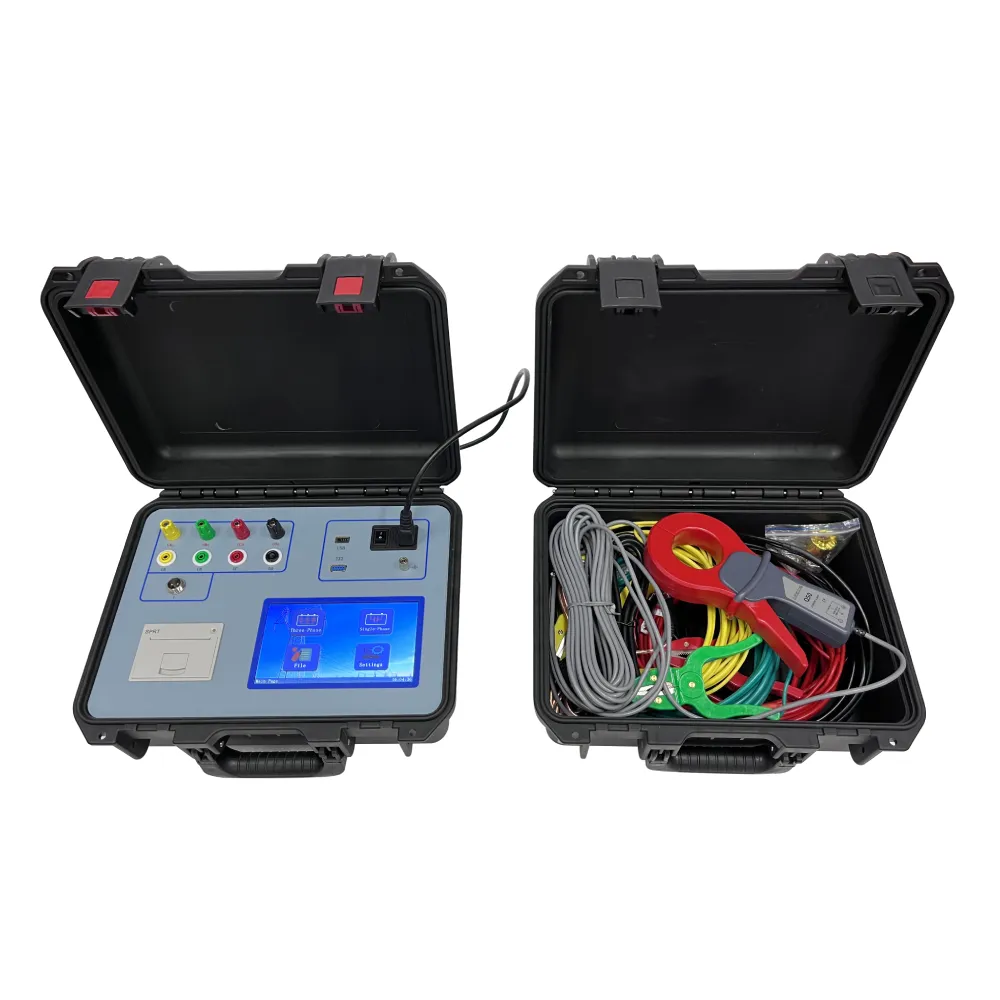 English
English



-
 Afrikaans
Afrikaans -
 Albanian
Albanian -
 Amharic
Amharic -
 Arabic
Arabic -
 Armenian
Armenian -
 Azerbaijani
Azerbaijani -
 Basque
Basque -
 Belarusian
Belarusian -
 Bengali
Bengali -
 Bosnian
Bosnian -
 Bulgarian
Bulgarian -
 Catalan
Catalan -
 Cebuano
Cebuano -
 China
China -
 China (Taiwan)
China (Taiwan) -
 Corsican
Corsican -
 Croatian
Croatian -
 Czech
Czech -
 Danish
Danish -
 Dutch
Dutch -
 English
English -
 Esperanto
Esperanto -
 Estonian
Estonian -
 Finnish
Finnish -
 French
French -
 Frisian
Frisian -
 Galician
Galician -
 Georgian
Georgian -
 German
German -
 Greek
Greek -
 Gujarati
Gujarati -
 Haitian Creole
Haitian Creole -
 hausa
hausa -
 hawaiian
hawaiian -
 Hebrew
Hebrew -
 Hindi
Hindi -
 Miao
Miao -
 Hungarian
Hungarian -
 Icelandic
Icelandic -
 igbo
igbo -
 Indonesian
Indonesian -
 irish
irish -
 Italian
Italian -
 Japanese
Japanese -
 Javanese
Javanese -
 Kannada
Kannada -
 kazakh
kazakh -
 Khmer
Khmer -
 Rwandese
Rwandese -
 Korean
Korean -
 Kurdish
Kurdish -
 Kyrgyz
Kyrgyz -
 Lao
Lao -
 Latin
Latin -
 Latvian
Latvian -
 Lithuanian
Lithuanian -
 Luxembourgish
Luxembourgish -
 Macedonian
Macedonian -
 Malgashi
Malgashi -
 Malay
Malay -
 Malayalam
Malayalam -
 Maltese
Maltese -
 Maori
Maori -
 Marathi
Marathi -
 Mongolian
Mongolian -
 Myanmar
Myanmar -
 Nepali
Nepali -
 Norwegian
Norwegian -
 Norwegian
Norwegian -
 Occitan
Occitan -
 Pashto
Pashto -
 Persian
Persian -
 Polish
Polish -
 Portuguese
Portuguese -
 Punjabi
Punjabi -
 Romanian
Romanian -
 Russian
Russian -
 Samoan
Samoan -
 Scottish Gaelic
Scottish Gaelic -
 Serbian
Serbian -
 Sesotho
Sesotho -
 Shona
Shona -
 Sindhi
Sindhi -
 Sinhala
Sinhala -
 Slovak
Slovak -
 Slovenian
Slovenian -
 Somali
Somali -
 Spanish
Spanish -
 Sundanese
Sundanese -
 Swahili
Swahili -
 Swedish
Swedish -
 Tagalog
Tagalog -
 Tajik
Tajik -
 Tamil
Tamil -
 Tatar
Tatar -
 Telugu
Telugu -
 Thai
Thai -
 Turkish
Turkish -
 Turkmen
Turkmen -
 Ukrainian
Ukrainian -
 Urdu
Urdu -
 Uighur
Uighur -
 Uzbek
Uzbek -
 Vietnamese
Vietnamese -
 Welsh
Welsh -
 Bantu
Bantu -
 Yiddish
Yiddish -
 Yoruba
Yoruba -
 Zulu
Zulu
tan delta of ct
Understanding Tan Delta of Capacitive Transformers
Capacitive transformers, often employed in high-voltage applications, play a critical role in power transmission and distribution systems. One important parameter for assessing their performance is known as “tan delta” (or dissipation factor). This term refers to the ratio of the resistive (loss) component of the current to the capacitive (reactive) component. It provides insights into the dielectric health of insulation materials used in these transformers.
What is Tan Delta?
Tan delta is a measurement that helps us understand the quality of insulation in capacitive transformers. It reflects the aging and deterioration of dielectric materials due to electrical stress, thermal effects, and environmental factors. The value of tan delta ranges from 0 to 1, with lower values indicating better insulation performance. In practical terms, tan delta is often expressed as a percentage. A higher tan delta percentage suggests a higher level of insulation losses, which may lead to reduced efficiency, overheating, or even failure of the transformer.
Importance of Measuring Tan Delta
Regular measurement of tan delta is critical for ensuring the reliable operation of capacitive transformers. High tan delta values can indicate problems such as moisture ingress, contamination, or defects in insulation materials. By monitoring these values over time, engineers can identify trends and potential issues before they develop into serious failures. This proactive approach minimizes downtime, reduces maintenance costs, and enhances the overall safety of electrical systems.
Measurement Techniques
tan delta of ct

The most common method for measuring tan delta in capacitive transformers involves an AC voltage test. During this test, the transformer is subjected to an alternating current at a specific frequency, and the resulting current is analyzed to determine the tan delta value. There are several sophisticated instruments available that can perform these measurements with high precision, often utilizing advanced data analytics to interpret the results.
It’s essential that these measurements are carried out under consistent conditions, including temperature and humidity, as these factors can affect the accuracy of the tan delta readings. Moreover, performing tests on transformers at different operating conditions can provide a comprehensive view of insulation behavior over time.
Interpretating Tan Delta Results
A tan delta value below 0.5% is generally considered acceptable for most capacitor-type transformers. Values between 0.5% and 1.5% indicate a cautionary range where monitoring should become more frequent. Tan delta readings above 1.5% are alarming and often require immediate investigation and potential remedial action.
One must also consider the application and environment the transformers operate in. For transformers situated in harsher conditions, management may decide to use lower tan delta thresholds, while those in more controlled environments might tolerate slightly higher values.
Conclusion
In conclusion, the tan delta of capacitive transformers serves as a vital indicator of insulation integrity and overall health. With the increasing demand for reliable electrical infrastructure, understanding and monitoring tan delta values has become essential for electrical engineers and technicians. This understanding not only helps in maintaining the efficiency of power systems but also ensures the safety and longevity of transformers in service. Regular monitoring, alongside established maintenance practices, can protect against unexpected failures and costly repairs, thereby aiding in the long-term sustainability of electrical networks.
-
Testing Equipment Industry Sees Major Advancements in 2025: Smart & Precision Technologies Lead the WayNewsJun.06,2025
-
Applications of Direct Current Generators in Renewable Energy SystemsNewsJun.05,2025
-
Hipot Tester Calibration and Accuracy GuidelinesNewsJun.05,2025
-
Digital Circuit Breaker Analyzer Features and BenefitsNewsJun.05,2025
-
Benefits of Real-Time Power Quality Monitoring Devices for Industrial EfficiencyNewsJun.05,2025
-
Earth Fault Loop Testing in High-Rise Building Electrical SystemsNewsJun.05,2025



